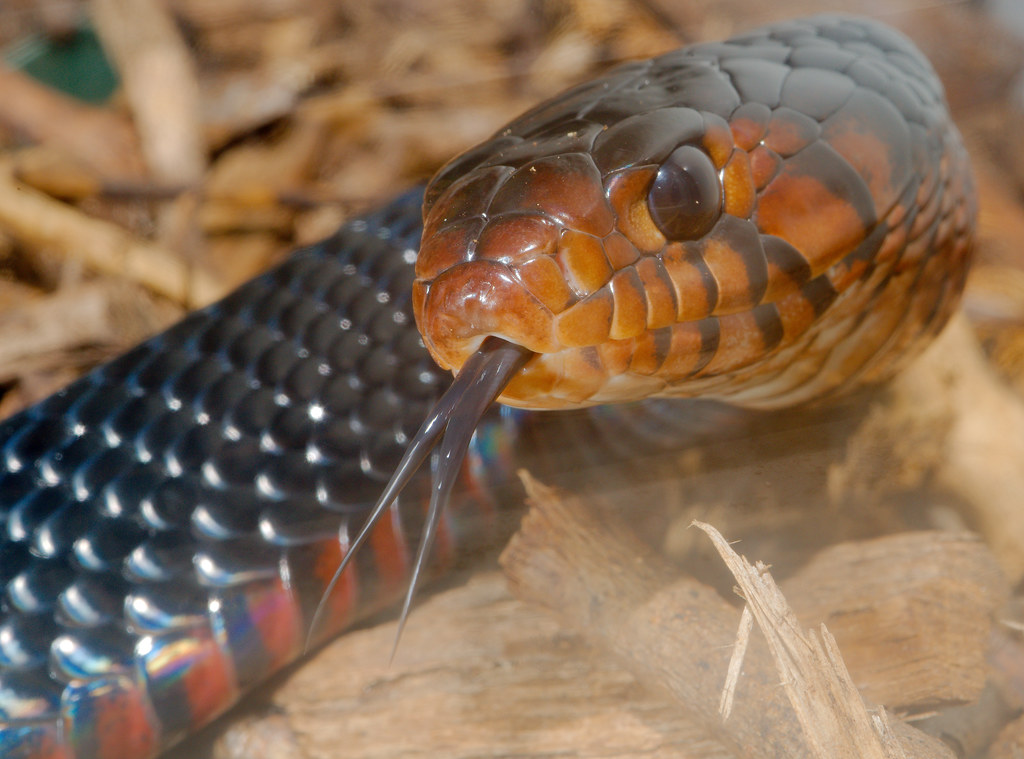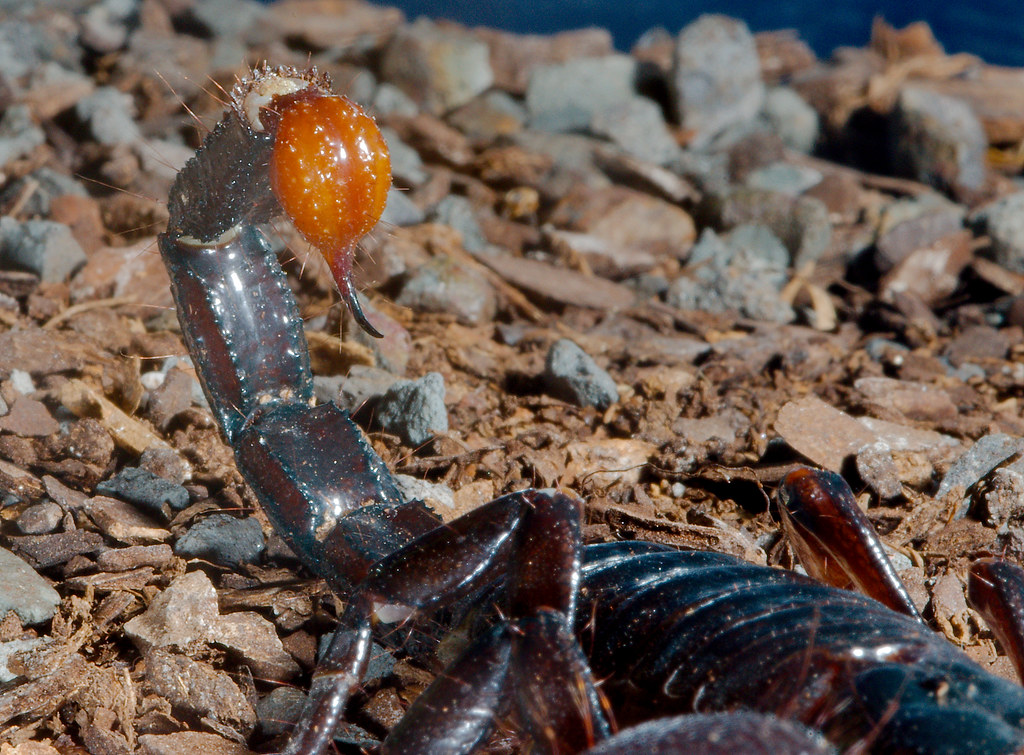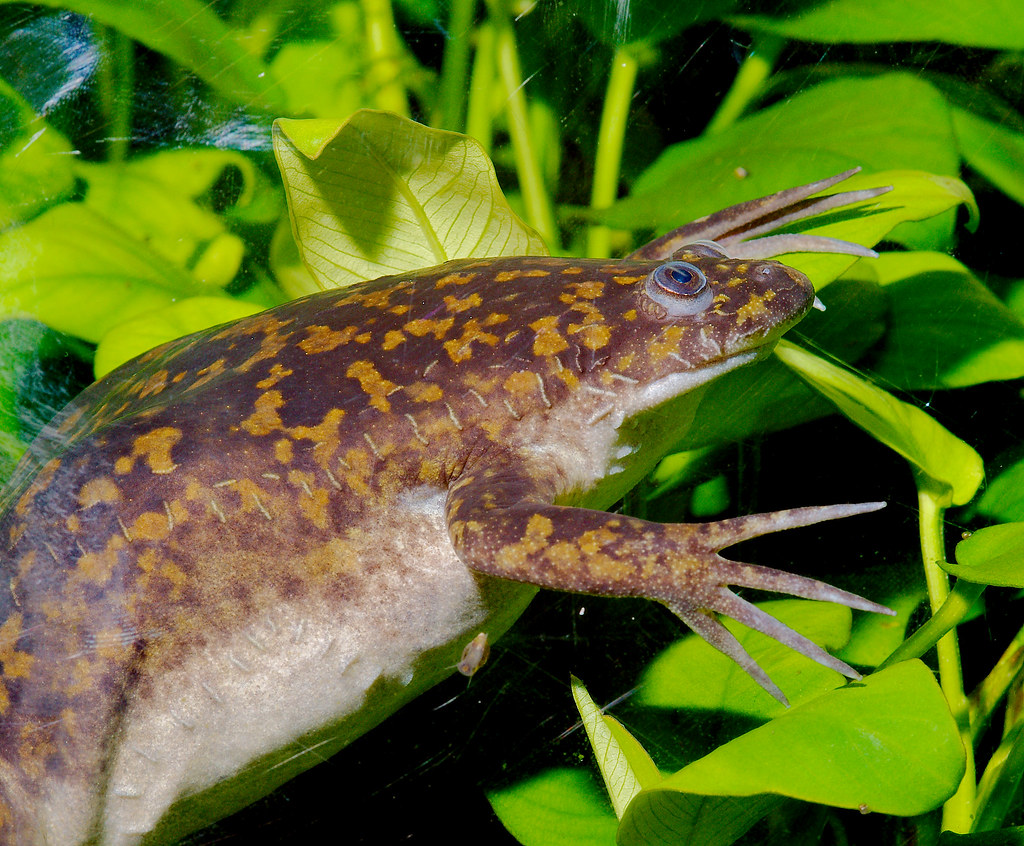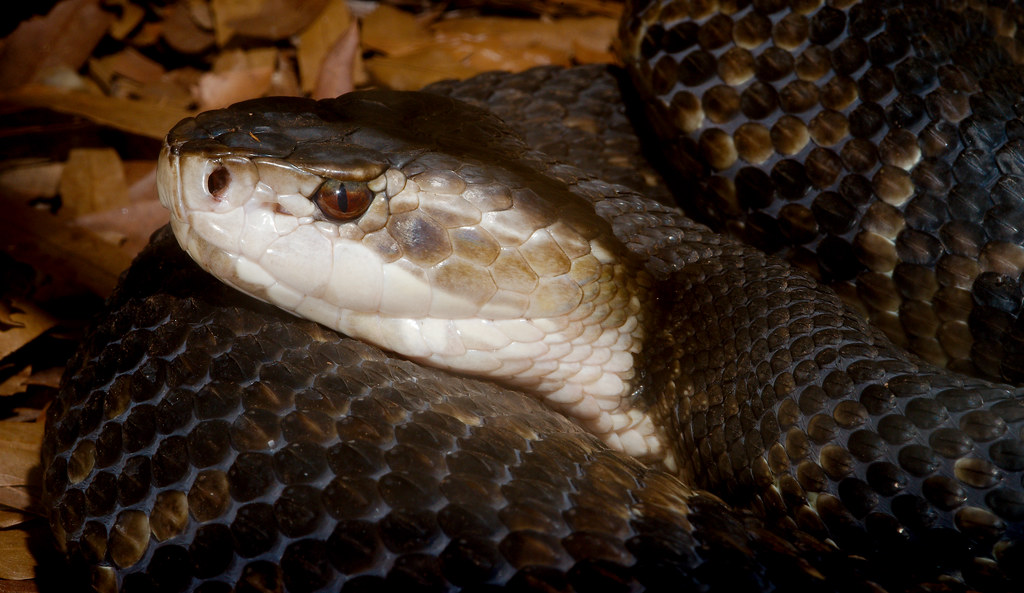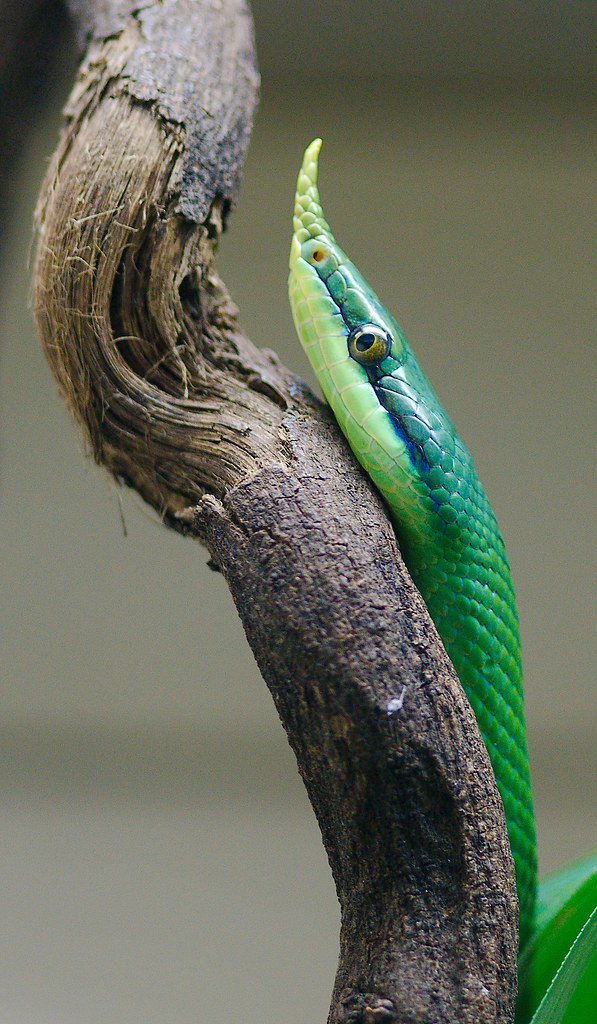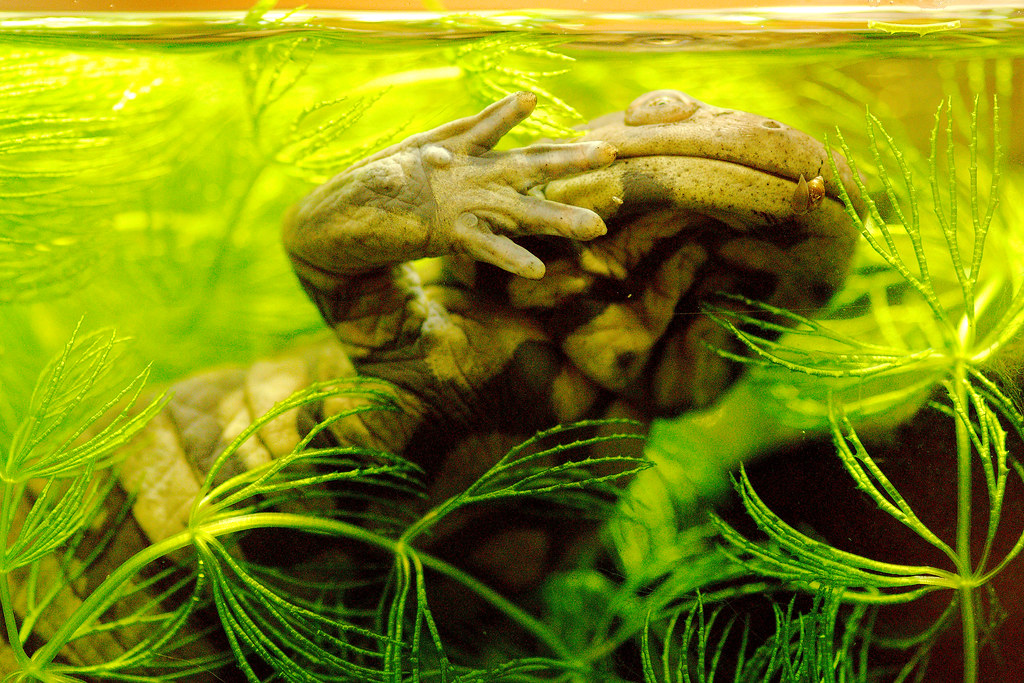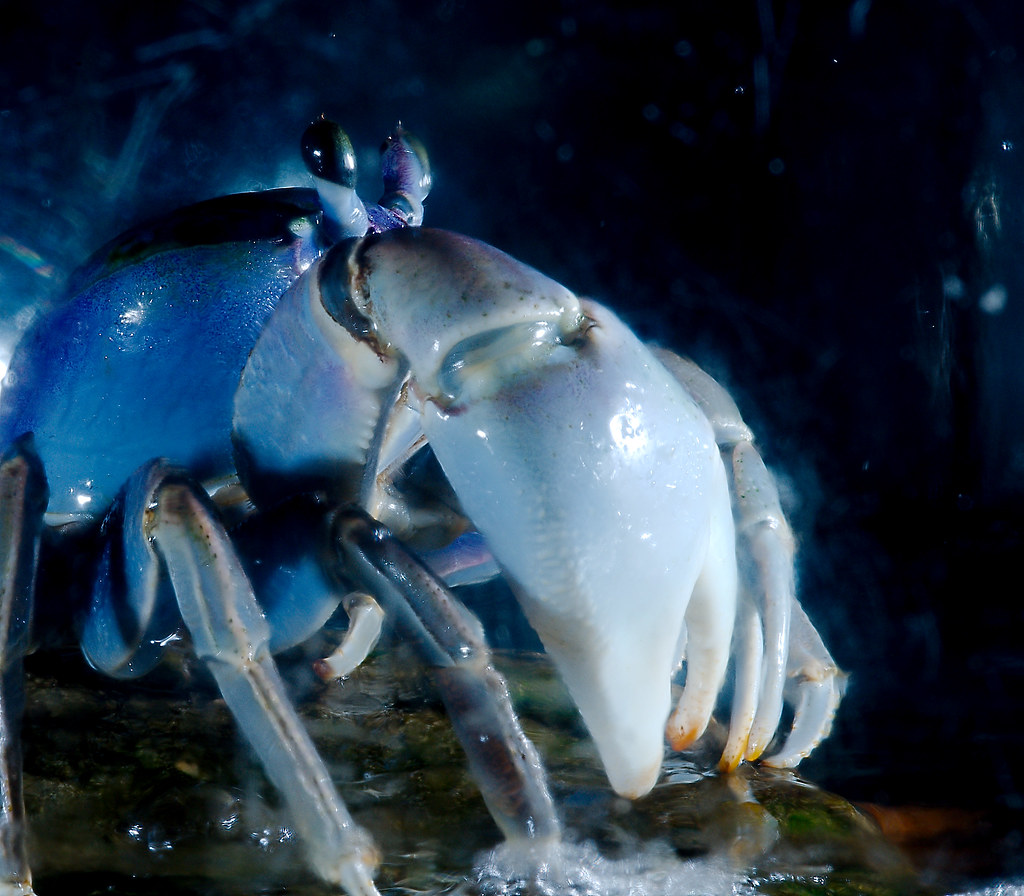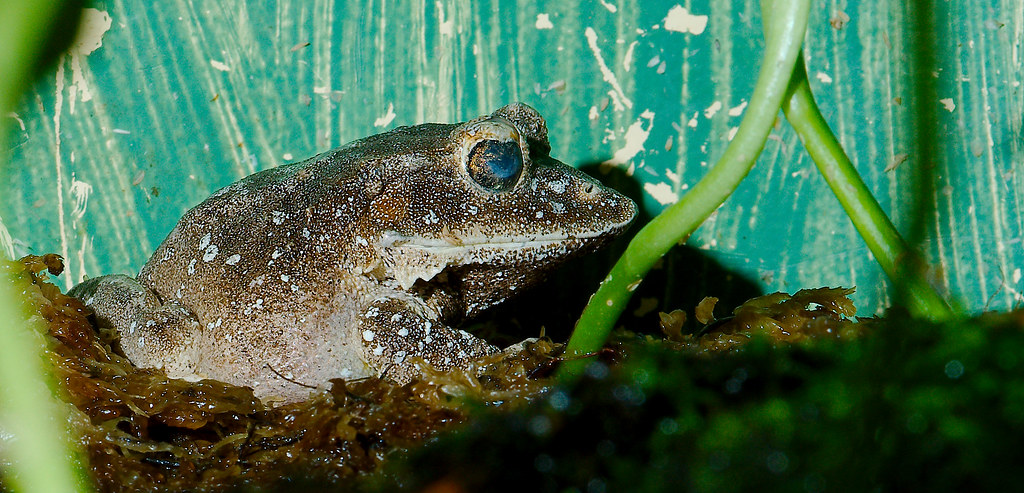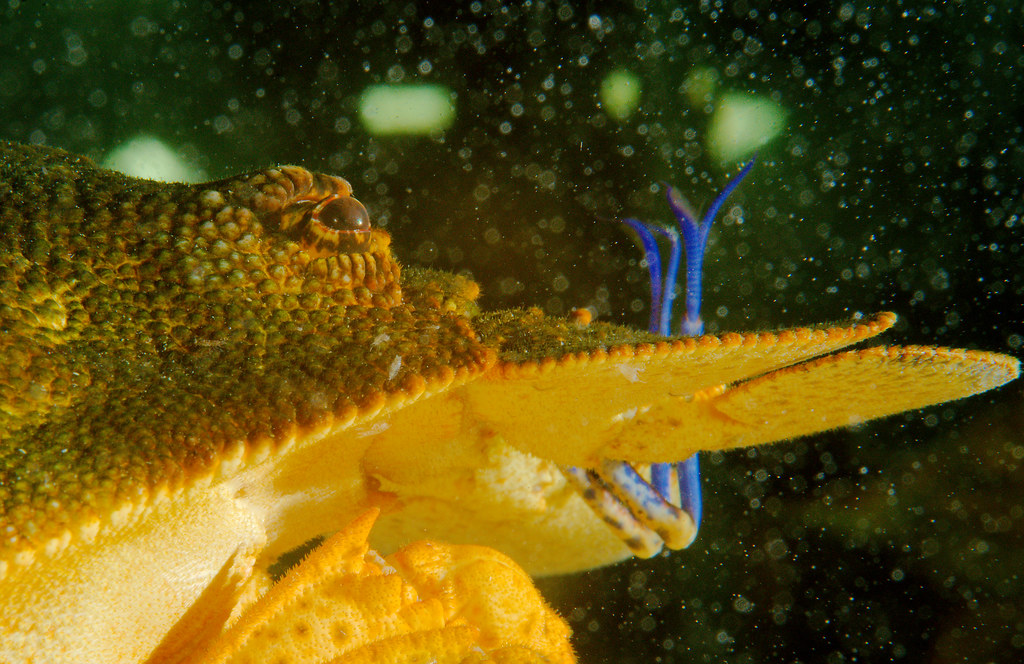
You have to get up early in the morning, and look really closely, to see live flower construction. Once built, they hide in the stems pulling the levers to open and close the petals at the proper times of day.
Images
Not poison ivy
The Taking Tree
Once, there was a tree and a boy. Most trees are rather indifferent to the ways of humans, but this one was different. She felt a connection to the boy and fostered a friendship. His youth was spent, as it often is, in play. But as expected, the boy soon began to want more.
The tree gave of her seeds, so the boy could make his way in the world of man. Winters and Summers went by and the man wanted a house in which to be married. The tree’s branches fell to that desire and the man entered the world of woman. She did not want to give up her limbs, for though trees feel pain differently than humans, they feel it much longer. Their wounds never truly healing, scarring over to ache with the seasons’ turns.
So it was almost a relief when the man visited her again, bereft of family and asked for a way to leave behind their memory and the memory of the plague year. That is how the tree was torn in two, her trunk a boat, her roots suckling at the earth as she awaited his return.
Eventually, by his reckoning, he did return. Time is, of course, different for trees, and her wait did not feel overly long. Always helpful, she offered him her stump, and he rested. However, she’d not been idle during his travels. Energy flowing from land and water, stored for years, surged from the stump into the elderly man. For a brief time, he felt rejuvenated, young again, before his mind became lost.
Casting her old body aside, the tree – finally in the form of man – set off from her hill to journey the land. She eventually reached a path and, looking around, decided that yes, this was a good place. This was a place that children would play. This was a place where she might find another. Reaching her body’s arms to the sky and digging her body’s toes into the dirt, she took root. Time slowed as she sipped at the water and basked in the sun.
And the blood oak awaited her next victim.
Prairie Dog performing Taming of the Shrew
Landscape
California Sea Lion (Zalophus californianus)
True story time.
The National Zoo is weird. It doesn’t so much have hours of business so much the animals have hours for which they work. Since the zoo is, in some ways, a National Park, it is functionally open really early to really late. It’s just that if you get there early, the buildings are closed, but the grounds are open. Basically, all the animals are still having their morning coffee and reading the comics, so you don’t get to see much.
However, the sea lions don’t really go “home” for the night, so they’re out (in as much as sea lions get an “out”). They’re also extremely bored. Now, I’m not crazy enough to throw anything into the pool for them (seriously, don’t do that). However, what I did do was set my hat down on the ground up near the glass and this little guy had all sorts of fun trying to bite it or bubble it away. In the process, I got a decent little portrait here, but feel free to click through and see the other “playing with my hat” photos.
Indigo Snake (Drymarchon couperi)
African Emperor Scorpion (Pandinus imperator)
African Clawed Frog (Xenopus laevis)
Cottonmouth (Agkistrodon piscivorus)
Boulanger (Rhynchophis boulengeri)
To hunt at night, many snakes have evolved the ability to sense heat via infrared radiation. However, those that lack this capability have learned to tie lanterns to their heads to aid in nighttime hunting. Sadly, they have found that the string either chafe their mouths or prevent them from opening their jaws to their full capacity.
Thus, a small number of snakes have evolved protuberences on the front of their faces to which they may attach their lanterns without reducing their predatory efficacy.
Western Tiger Salamander (Ambystoma mavortium)
Veiled chameleon (Chamaeleo calyptratus)
Chameleons wear veils for many reasons. They can be used ceremonially to observe weddings and funerals. They can be used to promote humility within chameleonic culture. They are used in dances to add a sense of mystery to the movement.
This chameleon, however, wears veils just to feel pretty. At present, the veil is may be difficult to see … because chameleon.
Great Land Crab (Cardisoma guanhumi)
Solomon Island Leaf Frog (Ceratobatrachus guentheri)
Slipper Lobster (Parribacus antarcticus)
Poison Frog
Green Anaconda (Eunectes murinus)
Kiwi
Nightly New(t)s
Tonight on the Nightly New(t)s, this emperor newt explores an economic environment in which television networks make their money by selling shows about poor people to other poor people, making the first group of poor people ever richer the poorer they can get them to act.
Fortunately he concludes his analysis with the observation that, though such a system would make the network quite rich, it is too transparent and cruel of a ploy for anyone to really fall for.





